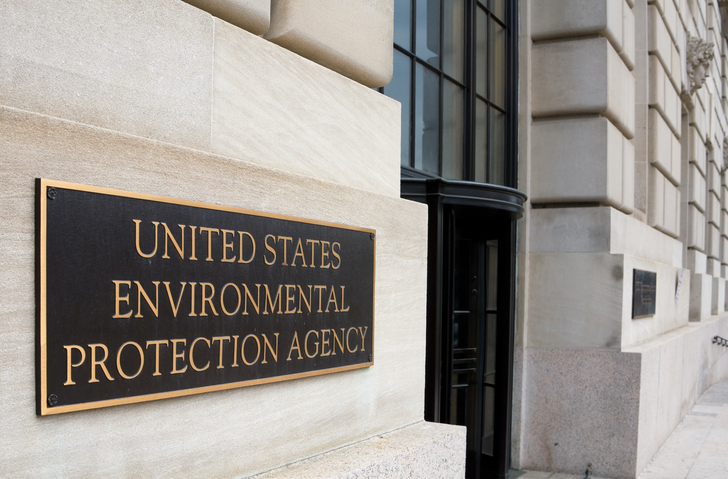The EPA recently updated its vintage standard guidance on CERCLA’s landowner defenses. This was the first update since 2003. The update was explained as an effort to provide clarity.
Historically, under CERCLA, the owner or operator of a contaminated property could be held strictly, jointly, severally and even retroactively liable for releases of hazardous substances. The three statutory liability defenses available under the 2002 Brownfields Amendments to CERCLA provide important liability limitations for landowners who qualify as:
1. Bona fide prospective purchasers (BFPPs)
2. Contiguous property owners (CPOs), or
3. Innocent landowners (ILOs).
To achieve and maintain these statutory landowner liability protections, a landowner is required to meet certain threshold criteria and satisfy certain continuing obligations. Many of the conditions are the same or similar under the three landowner provisions (common elements).
Since enactment of the 2002 Brownfields Amendments to CERCLA, the EPA has developed guidance documents, model enforcement documents, responses to frequently asked questions, fact sheets, and other documents to clarify the landowner liability protections and support revitalization of contaminated land. Despite the fact that the EPA has provided guidance on the self-implementing three landowner defenses designed to help promote the redevelopment of contaminated properties, the EPA has continued to receive requests for more clarity on the specific statutory criteria or interpretation of these defenses for BFPPs, CPOs, and ILOs.
On July 29, 2019 the EPA issued a memorandum titled “Enforcement Discretion Guidance Regarding Statutory Criteria for Those Who May Qualify as CERCLA Bona Fide Prospective Purchasers, Contiguous Property Owners, or Innocent Landowners.” This memorandum provides EPA staff with general guidance on the “common elements” of the statutory landowner liability protections BFPPs, CPOs, and ILOs, to assist them in exercising their enforcement discretion, and by the same token provides general information to landowners, developers, lenders, investors, or other third-party stakeholders who may wish to become involved with impacted properties. This memorandum supersedes the 2003 Interim Guide, “Common Elements” Guidance Reference Sheet (March 2003), and Superfund Interest Reasonable Steps Comfort/Status Letter on this topic.
While the EPA’s new guidance does not make any significant changes in the criteria, it is designed to provide clarification as to when the respective “continuing obligations” are/ are not breached, such that CERCLA liability could attach. Key updates and clarifications in EPA’s new guidance include the following:
- Performing “all appropriate inquiries” into the previous ownership and uses of property before acquisition
- Demonstrating no “affiliation” with a liable party (for BFPPs and CPOs).
The memorandum then proceeds to discuss the common continuing obligations:
- No disposal of hazardous substances after acquisition (for BFPPs and ILOs)
- Compliance with land use restrictions/not impeding the effectiveness or integrity of institutional controls (ICs)
- Taking “reasonable steps” with respect to releases of hazardous substances releases affecting a landowner’s property
- Providing cooperation/assistance/access to persons authorized to conduct response actions or natural resource restoration
- Complying with information requests/subpoenas (for BFPPs and CPOs)
- Providing legally required notices (for BFPPs and CPOs).
To navigate owners and operators even further, the July 2019 memorandum issued by the EPA also includes:
1. A chart summarizing the common elements and other statutory criteria applicable to BFPPs, CPOs, and ILOs
2. A “Reasonable Steps Categories and Examples” document which identifies acts and omissions that courts have found to be indicative of “due care” or the lack thereof in evaluating the ILO affirmative defense
3. Limited discussion on “reasonable steps” identified by courts in evaluating BFPP status.

